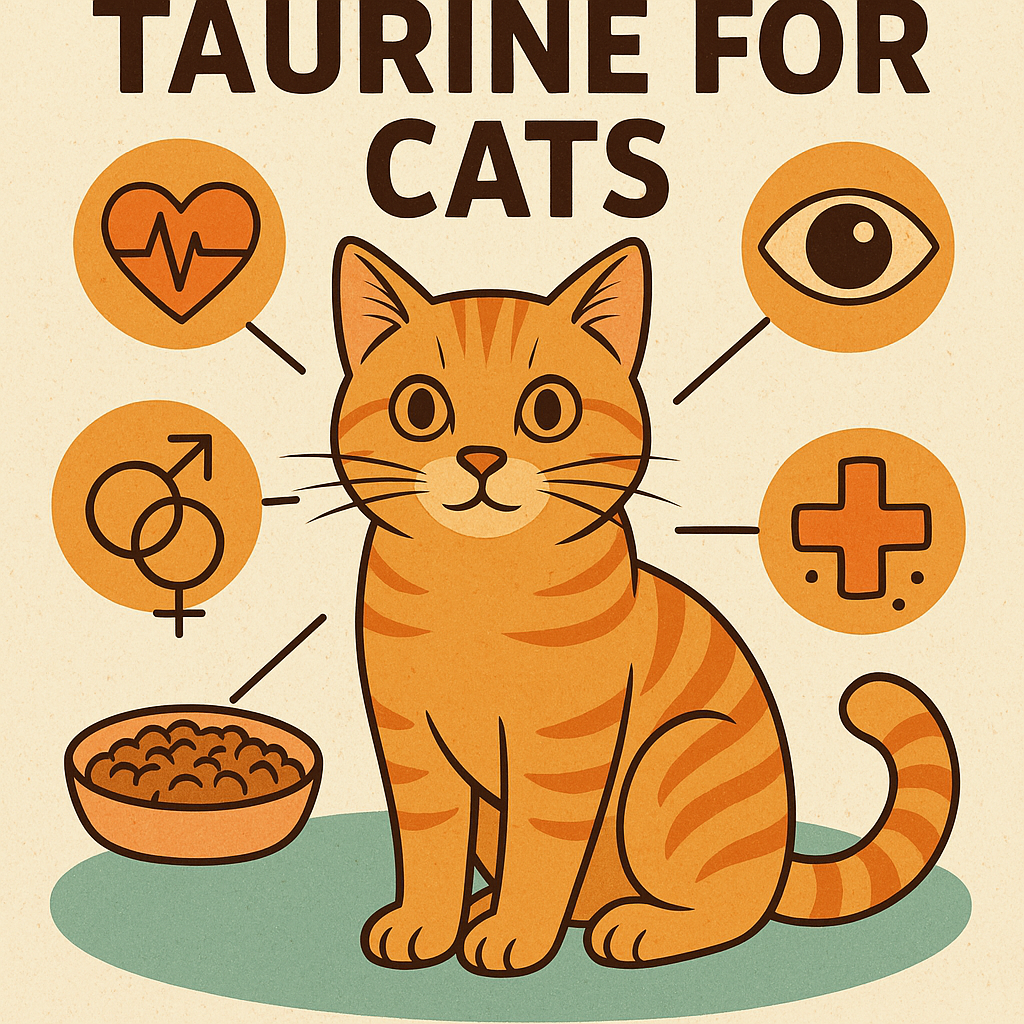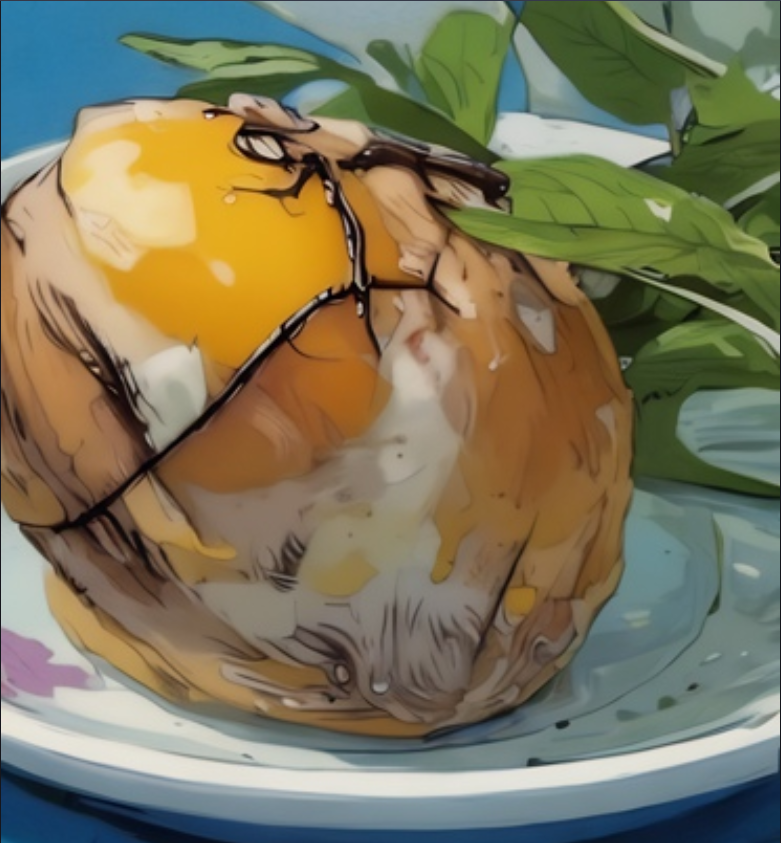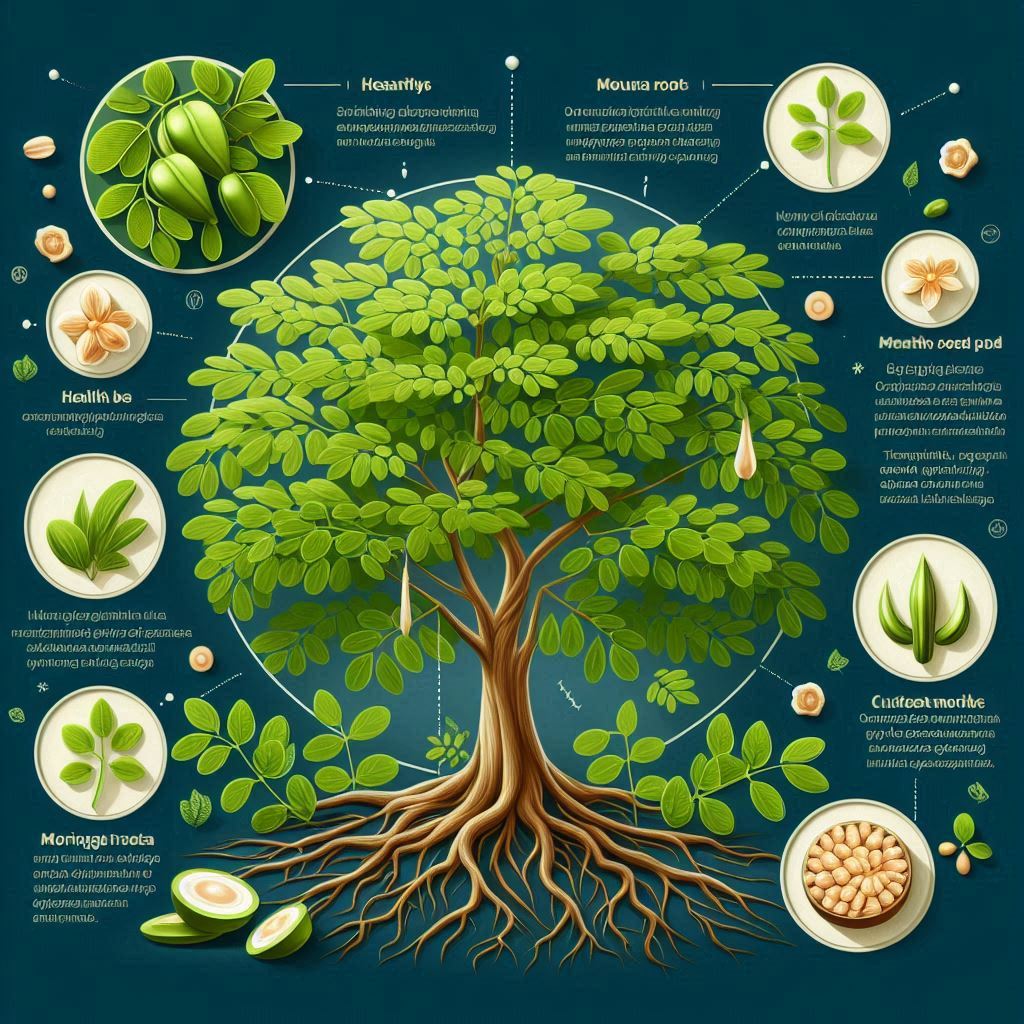The Marvel of Taurine: The Secret Ingredient for Feline Vitality
Cats have always been fascinating creatures—agile, mysterious, and endlessly independent. Yet behind the graceful leaps and soft purrs lies a crucial element of feline health that many pet parents might overlook: taurine. This unsung nutritional hero plays a foundational role in ensuring your cat lives a long, energetic, and vibrant life.
What Is Taurine?
Taurine is an amino sulfonic acid, a compound that, although not used to build proteins, is abundant and essential in a cat’s body. Unlike many other nutrients, taurine isn’t synthesized in sufficient amounts by cats. Because of this evolutionary twist, our whiskered companions must get it through their diets. Found naturally in meat and fish, taurine is the secret sauce that ensures nerves, muscles, the heart, eyes, and even reproductive systems function at their best.
The Unique Feline Need for Taurine
Cats are what nutritionists call “obligate carnivores.” Their bodies have evolved to thrive on diets rich in animal protein, which naturally contains taurine. In fact, historical cases of taurine deficiency once led to severe health issues in domestic cats, including heart failure and vision problems. Once veterinarians and pet food manufacturers uncovered the link between dietary taurine and feline well-being, the pet nutrition world was transformed—cat foods began to be carefully formulated with adequate levels of taurine to prevent deficiency-related disorders.
Taurine’s Benefits: More Than Just a Vitamin
While taurine might seem like a simple dietary additive, its benefits are as deep and wide-ranging as the purrs are soft. Here are some of the standout roles taurine plays in feline health:
| Health Aspect | The Role of Taurine | Impact of Deficiency |
|---|---|---|
| Heart Health | Essential for proper heart muscle function and preventing dilated cardiomyopathy. | Can lead to enlarged hearts and reduced cardiac efficiency. |
| Vision | Crucial for maintaining retinal health and proper visual function. | May result in retinal degeneration and impaired vision. |
| Reproductive Health | Supports normal reproductive functions, ensuring your cat can lead a healthy life at all stages. | May lead to issues in pregnancies and reduced fertility. |
| Immune & Neurological Function | Plays a part in supporting proper nervous system functioning and overall cellular health. | Can contribute to broader systemic issues if the diet is unbalanced. |
Maintaining a balance of taurine in your cat’s diet is akin to reinforcing the foundation of a house; it underpins everything from heartbeats to playful pounces.
Taurine in Commercial and Homemade Diets
The modern pet food industry has come a long way from the days when taurine deficiency was a common, heartbreaking tragedy for cat owners. Today, most commercial cat foods are meticulously formulated to include the right amount of taurine. Whether you choose dry kibble, wet food, or freshly prepared meals at home, ensuring that taurine is a component of your cat’s diet is paramount.
For those who prefer homemade diets, it’s important to remember that simply serving raw or cooked meat is not enough. The levels of taurine can vary depending on the type of meat and the cooking process. Consulting with a veterinarian or a pet nutrition expert is a recommended step to develop a balanced meal plan that keeps your feline friend thriving.
Warning Signs and Prevention
Recognizing the signs of taurine deficiency early on can save your cat from a host of health concerns. Symptoms may include:
- Lethargy or decreased activity levels
- Changes in appetite or weight loss
- Visible eye problems, such as cloudy vision
- Signs of cardiac distress, including difficulty breathing or fainting episodes
If you observe any of these symptoms, a visit to the veterinarian is crucial. With proper diagnosis and dietary adjustments, many of these issues can be reversed or managed effectively.
The Future of Taurine Research in Feline Nutrition
As our understanding of feline nutrition deepens, researchers continue to explore taurine’s expansive role in a cat’s physiology. New studies are looking into how this vital nutrient interacts with other dietary components such as omega-3 fatty acids and antioxidants. The goal is not only to prevent deficiency but also to optimize every aspect of a cat’s health—from cognitive function to immune system resilience.
Conclusion: Embracing Taurine for a Thriving Feline Life
Taurine isn’t just another nutritional add-on; it’s the cornerstone of a cat’s health. Its myriad benefits—from bolstering heart function and preserving vision to ensuring robust reproductive and neurological health—highlight why it deserves center stage in feline diets. By choosing high-quality, well-balanced food that prioritizes taurine, or by carefully planning a homemade meal regimen, you’re investing in a future where your cat can leap, purr, and snuggle with boundless vitality.
As you enrich your pet’s menu with the magic of taurine, consider exploring other nutritional elements that contribute to your cat’s well-being. What other super-nutrients might further enhance those mesmerizing eyes and spirited leaps? The world of feline nutrition is vast, and each discovery is another step toward unlocking the secrets to a healthy, joyful life for your beloved companion.
Embrace taurine today, and let it be the vibrant chord in the symphony that is your cat’s life.


.png)

Join the Conversation